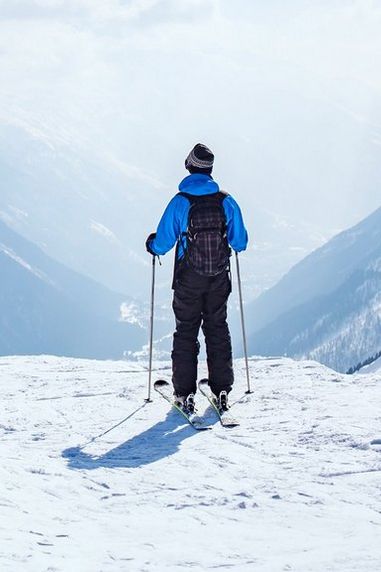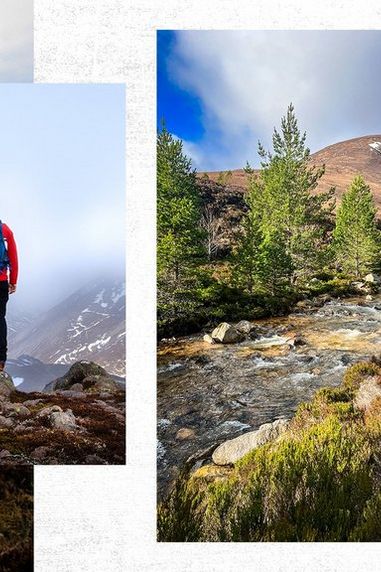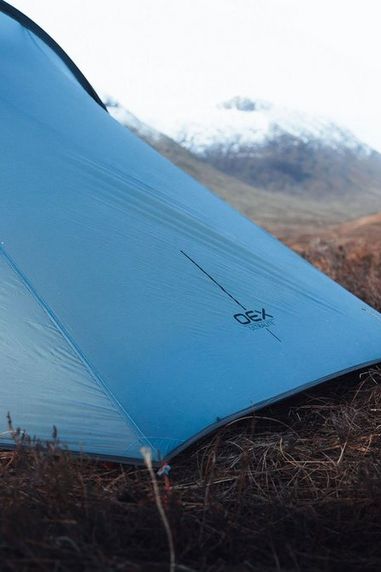
Planning a hike? Hiking is a great way to get healthy, enjoy nature and meet fellow explorers! But when preparing for a day trip in the hills, it’s important to arm yourself with the right clothing and equipment to ensure you stay safe and comfortable along the way.
That’s why we’ve come up with an essential kit list to get you going...
What To Wear
Base Layer – Often described as ‘the most important layer’, base layers feature a tight, compression like fit to help manage the body’s core temperature. Perfect for when the cold sets or you need to keep fresh after a long day’s hike.
Mid Layer – The mid layer is all about offering warmth-without-weight and breathability. The fabric that is used is very light and pulls sweat away from the skin to keep you comfortable.
Outer Layer – Designed to offer a first line of protection against the elements, outer layers such as shell and padded jackets are wind and waterproof so you can take on any weather.
Walking Trousers - Perfect for changeable weather, a good pair of walking trousers will feature a zip-off feature for easy access when hot or cold.
Socks - Often overlooked, but having spare socks is a must for different seasons. You can choose from numerous different weights and thicknesses depending on what’s required for your trip.
Walking Boots - It goes without saying, but a suitable pair of walking boots is a must. But don’t test them straight away; always break you boots in gradually before using them for first time on a long walk.
Gaiters – These are optional but good for stopping any water entering you boots and keeping the bottom of your trousers clean.
Hat and Gloves - Even on warm days, the temperature is liable to drop very quickly on an ascent. Therefore some winter accessories will provide an extra layer of warmth without taking up too much room.
What To Pack
Daysack – For a day trip you’ll need a bag with a capacity of 20- 40 litres. A rain cover is also handy to make sure your gear is well protected.
Map OS Explorer Series and Compass - The Explorer series maps are specifically made for trekking and it’s worth paying a bit more for the extremely durable and waterproof ones to ensure you don’t get lost along the way.
First Aid kit – Safety is paramount on any trip and a good first aid kit is essential. Blister plasters in particular will come in very handy after a long walk.
Pen Knife – No kit list would be complete without one, complete with essential tools for surviving in the wild.
Head torch - Delays often occur when hiking, so pack a head torch just in case the light starts to go and you have a tricky walk to your finish.
Food – Pack a mixture of slow and fast release energy foods to keep you going throughout the day, sandwiches and snacks are most common.
Hydration - Finally, you don’t want to be stuck up a mountain without water. So invest in some hydration packs to ensure you intake a steady supply of liquids and stay safe on your travels.





Comments